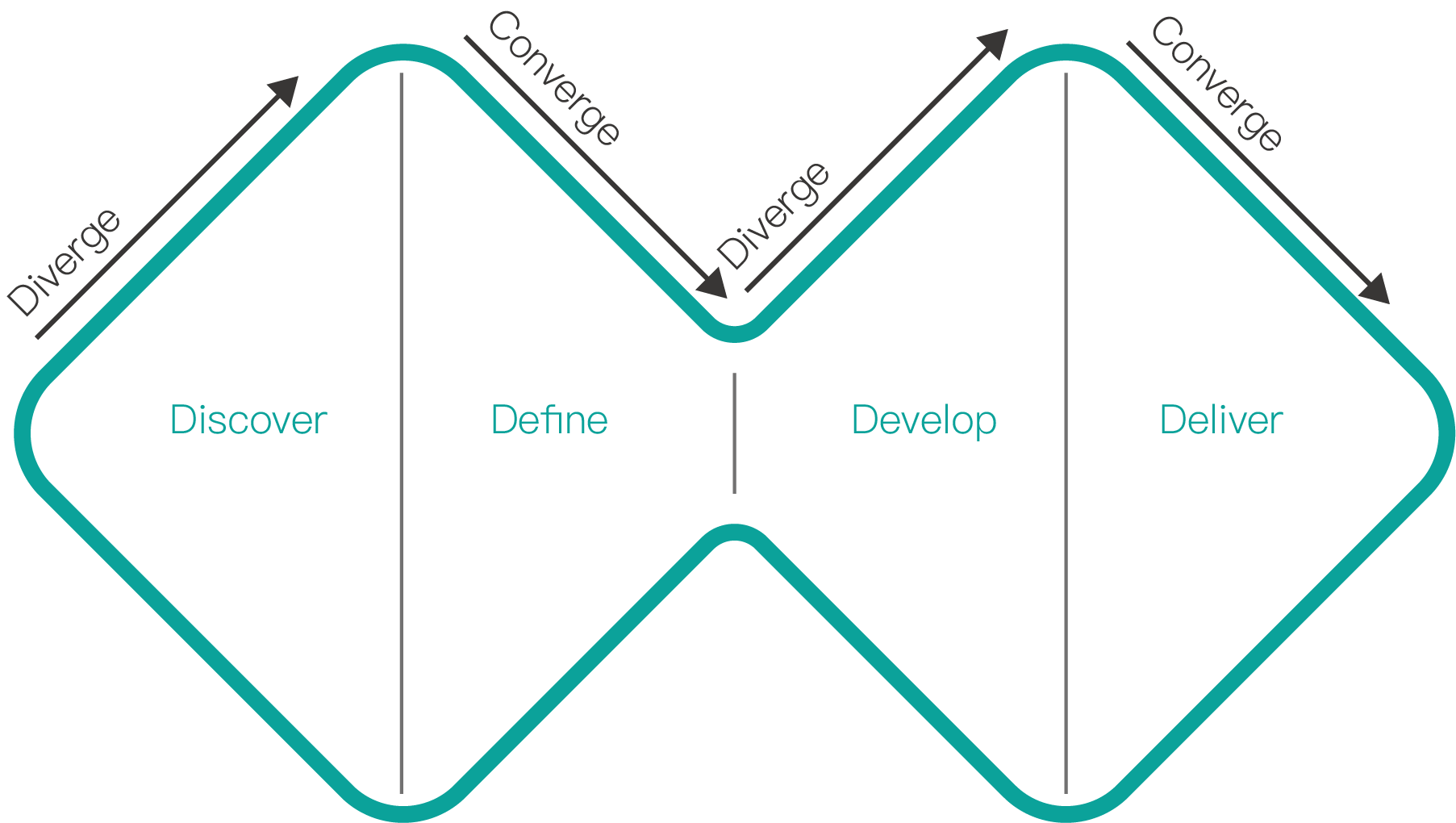
CTBC Bank Digitalization Project
About
Starting in 2020, CTBC Bank initiated a large-scale digital transformation project. Each year, business units within the company select projects to enter the program, and a cross-functional project team is established. The project involves process analysis, data inventory, and customer research to identify pain points or opportunities. A strategic consultant is then engaged to guide the development of optimization strategies for the next phase. During my time at CTBC Bank, I worked on six different business unit projects.
Basic Information:
Issuing Company:CTBC Bank
Scope of Work:UX Research, Strategic Consulting
Launch Date:2021
Getting Started:
The beginning of such projects is always the most challenging. Even the business teams are often only aware that they have been selected for the project this year, resulting in a near-zero starting point. Due to this, our team needed to intervene from the start to ensure organized progress in the right direction. The project can be roughly divided into the following processes:
Executive Interviews: Conduct interviews with the business unit's executives to understand their expectations and the expected resource allocation.
Project Forecast: Our team uses available information to pre-calculate the project's outcome (End Game).
Task Assignment: After the project forecast, we determine the consulting and support personnel within the team.
Project Breakdown: Upon formally taking over the case, we interview the project manager to understand their expectations and goals. We then discuss the project scope and plan the subsequent approach.
Current State Analysis: In this phase, each unit provides reference materials to piece together the required service blueprint. We classify problems during this stage and immediately address issues with clear solutions, while issues requiring further exploration are organized as research topics.
User Research: After compiling research topics, I begin planning the research, including interview outlines, experiment designs, and analysis report outputs.
Converging Pain Points and Opportunities: Lead the team in listing and prioritizing problems observed in the service blueprint and research process.
Idea Generation: Through workshops, we generate and converge solutions for the identified pain points and opportunities. Integrating steps seven and eight using the Double Diamond Design Process advances the project (refer to the diagram below).
Feasibility Assessment: This phase involves assessing feasibility, establishing timelines, and collaborating with partners.
Assisting Execution: During the execution phase, I assume the roles of consultant and designer.

Challenges and Opportunities:
Discrepancy in Expectations between Management and Execution: As previously mentioned, we interview executives and project managers to understand their expectations. Often, differences exist between these two perspectives. While business executives focus on strategic progress, execution may face various obstacles. To prevent being overwhelmed by problems, it's important to prioritize solving major issues in an orderly manner. As an internal consultant, understanding the difficulties faced by both sides and using their common ground as the core strategy is crucial.
Discussion on Experimental Design: Unlike my role as a UX designer, research is carried out to validate assumptions and support designs. At this stage, research aims to uncover banking issues from the client's perspective or address issues the bank is curious about. Consequently, the team is eager to directly confront the client, hoping to obtain direct answers. However, regarding execution methodology, we emphasize guidance and the quality of questions and answers. A common solution is to extract key sentences from the problem, incorporate them into the original design script, and ensure that the desired effect of uncovering the issue is achieved without affecting the original experimental design.
Guidance Methods: We more commonly use this technique with our team rather than clients. The team composition varies, and personalities differ. To ensure quality progression during discussions, we design each meeting carefully. This involves confirming not only the agenda but also the desired outcomes, potential team reactions, and the amount of supplementary information required, all of which must be calculated and deduced.
Managing Expectations: Teams often hold unrealistic expectations of our roles, assuming we can instantly devise groundbreaking solutions after hearing a problem. The difference lies in the collaborative nature of this process, where every team member's role contributes to the achievement of goals.
Existing Systemic Issues: As an industry with a long history, many processes and systems have evolved into specific patterns. While outdated, modifying them can result in operational resistance. This means relearning and incurring development costs. Therefore, a thorough comparison of pros and cons is necessary, along with extensive persuasion to promote progress.
Regulatory Constraints: In regulated industries, many innovative proposals may encounter legal issues. In such cases, we must divide our efforts: communication with regulatory bodies and fine-tuning proposals to comply with regulations.
Division of Responsibilities: Cross-departmental team formation often encounters division of responsibility issues. Unlike other industries that divide work based on expertise, banks distribute tasks based on business units. When a project affects different business units, coordination is necessary to ensure execution and knowledge sharing.
Afterword:
Product design is more than just sketching and storytelling. How to use research results and communication skills to tell a compelling story not only enhances the impact of results but also resonates with users. What I learned during this time went far beyond initial expectations and was both challenging and substantial. From breaking down projects to interview and research techniques, meeting planning and guidance – these were areas I had not extensively explored before. Unlike my time as a designer, here I learned how to communicate my understanding effectively to those in execution, generating understanding and output.